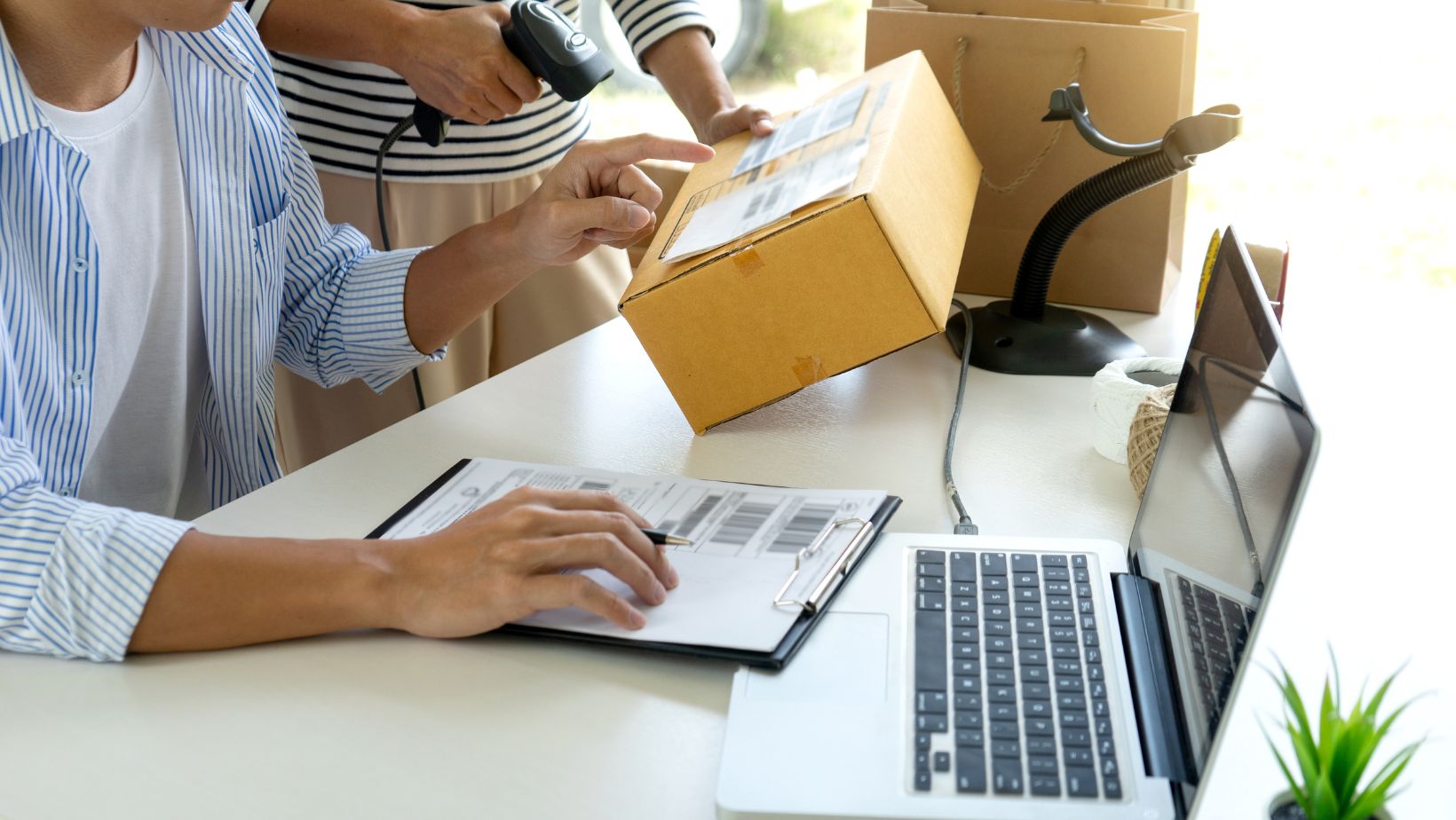In today’s fast-paced digital era, e-commerce has become integral to people’s lives. With the convenience of online shopping, customers expect their orders to be delivered swiftly and in good condition.
This places a significant emphasis on secure packaging, as it not only ensures customer satisfaction but also plays a crucial role in minimizing product damage, reducing returns, and enhancing brand reputation.
This article delves into the best practices for secure ecommerce packaging.
1. Tailor Packaging to Product Type
The degree to which a thing is fragile, its dimensions, and its weight can vary greatly from one another. It is necessary to utilize packaging materials and designs appropriate for the product.
To protect fragile objects during shipping, such as electronics or glassware, it is possible that cushioning materials, such as bubble wrap or foam inserts, will be required. On the other hand, more simple packing may be sufficient for products such as garments or non-fragile items.
2. Right-sized Boxes
The use of boxes of the proper dimensions not only reduces the cost of shipping but also restricts the movement of the contents of the package, which lessens the likelihood that the contents will be damaged. Boxes that are too large may cause the contents to shift during transport, while boxes that are too small may not offer adequate protection for the contents.
3. Quality Packaging Materials
Putting money into materials for packaging that are of a high grade is like putting money into the reputation of your brand. Different materials, including sturdy corrugated cardboard boxes, bubble wrap, air pillows, and packing paper, can provide high protection.
Options that are biodegradable and favorable to the environment are also gaining popularity, which is in line with the growing demand from consumers for sustainable practices.
4. Inner Cushioning

When something is being transported, it is important to have inside cushioning materials that can absorb shocks and keep things from sliding around. It can greatly lower the risk of the product breaking if cushioning materials are placed strategically around it. On the other hand, it is essential not to overstuff the package, as doing so can result in pressure points that may damage the contents.
5. Secure Sealing
The packaging must first be properly sealed before it can be considered safe. It is possible to guarantee that the contents of the package will remain undamaged throughout the trip by using sturdy adhesive tape that completely and tightly covers any openings.
In addition, providing an additional layer of security, such as tamper-evident tape or seals, helps reassure customers that their orders have not been tampered with.
6. Consider Climate and Weather
It’s possible that the environment could compromise the package’s integrity while it’s en route. Temperatures that are extremely high or low, as well as high or low humidity and even rain, can damage the contents. If your items are susceptible to exposure to such conditions, you might want to consider choosing materials resistant to moisture or adding additional layers of protection.
7. Fragile Labeling
Clear labels are vital, especially for fragile things. Encouraging careful treatment by notifying the shipping carriers and clients of the fragile nature of the items is helpful. In addition, adding instructions on handling the product might help lower the likelihood that it will be handled incorrectly.
8. Branding Opportunities
Not only does packaging serve to safeguard its contents, but it also affords businesses the chance to advertise themselves. The unboxing experience for customers can be improved by using bespoke packaging that features the brand’s colors, logo, and customized touch.
A brand may cultivate brand loyalty and inspire customers to share their joy on social media by providing an unforgettable unboxing experience.
9. Minimize Excess Space
While it is essential to use cushioning materials, going to unnecessary lengths can result in higher transportation costs and more trash for the environment. It is essential to find a middle ground between adequately preserving the product and reducing the amount of unused space. Use materials that provide the highest possible level of protection without going to extremes.
10. Test and Iterate
The method of packing items for online retail should always be changing. You should routinely evaluate your packaging techniques’ effectiveness by considering customer feedback, return rates, and the state in which things are received. You can find areas of your packaging strategy that could improve if you analyze these metrics and continue developing them over time.
Crafting Secure E-commerce Experiences
Secure e-commerce packaging is more than just wrapping a product in a box. It’s a strategic practice that involves tailoring packaging to the product type, using quality materials, and ensuring proper cushioning and sealing. Remember, when it comes to e-commerce packaging, the mantra is clear: Pack it right.
Bob Duncan is the lead writer and partner on ConversationsWithBianca.com. A passionate parent, he’s always excited to dive into the conversation about anything from parenting, food & drink, travel, to gifts & more!

